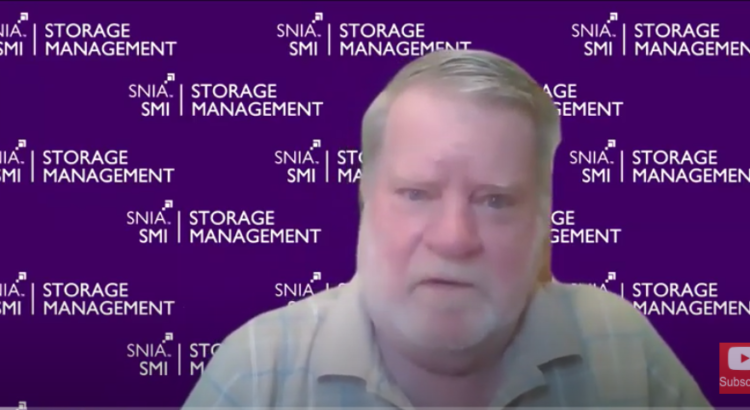 manageability providing the standards-based interface.
The OpenFabrics Alliance (OFA) is developing an OpenFabrics Management Framework (OFMF) designed for configuring fabric interconnects and managing composable disaggregated resources in dynamic HPC infrastructures using client-friendly abstractions.
Want to learn more? Read More
manageability providing the standards-based interface.
The OpenFabrics Alliance (OFA) is developing an OpenFabrics Management Framework (OFMF) designed for configuring fabric interconnects and managing composable disaggregated resources in dynamic HPC infrastructures using client-friendly abstractions.
Want to learn more? Read More

Scaling Management of Storage and Fabrics
Composable disaggregated infrastructures (CDI) provide a promising solution to address the provisioning and computational efficiency limitations, as well as hardware and operating costs, of integrated, siloed, systems. But how do we solve these problems in an open, standards-based way?
DMTF, SNIA, the OFA, and the CXL Consortium are working together to provide elements of the overall solution, with Redfish® and SNIA Swordfish manageability providing the standards-based interface.
The OpenFabrics Alliance (OFA) is developing an OpenFabrics Management Framework (OFMF) designed for configuring fabric interconnects and managing composable disaggregated resources in dynamic HPC infrastructures using client-friendly abstractions.
Want to learn more? Read More
manageability providing the standards-based interface.
The OpenFabrics Alliance (OFA) is developing an OpenFabrics Management Framework (OFMF) designed for configuring fabric interconnects and managing composable disaggregated resources in dynamic HPC infrastructures using client-friendly abstractions.
Want to learn more? Read More
 manageability providing the standards-based interface.
The OpenFabrics Alliance (OFA) is developing an OpenFabrics Management Framework (OFMF) designed for configuring fabric interconnects and managing composable disaggregated resources in dynamic HPC infrastructures using client-friendly abstractions.
Want to learn more? Read More
manageability providing the standards-based interface.
The OpenFabrics Alliance (OFA) is developing an OpenFabrics Management Framework (OFMF) designed for configuring fabric interconnects and managing composable disaggregated resources in dynamic HPC infrastructures using client-friendly abstractions.
Want to learn more? Read More

